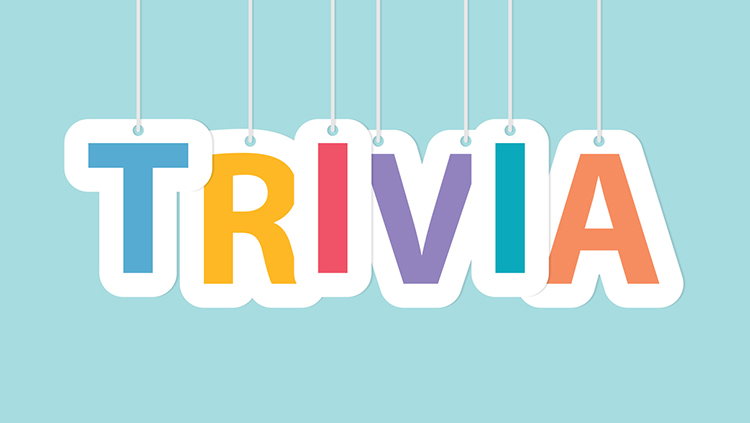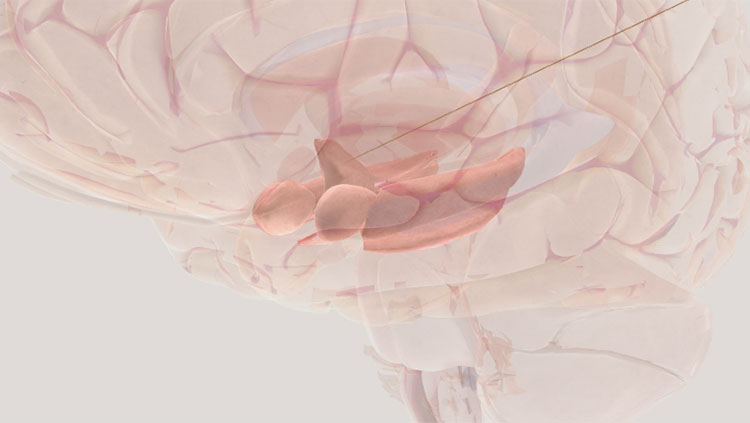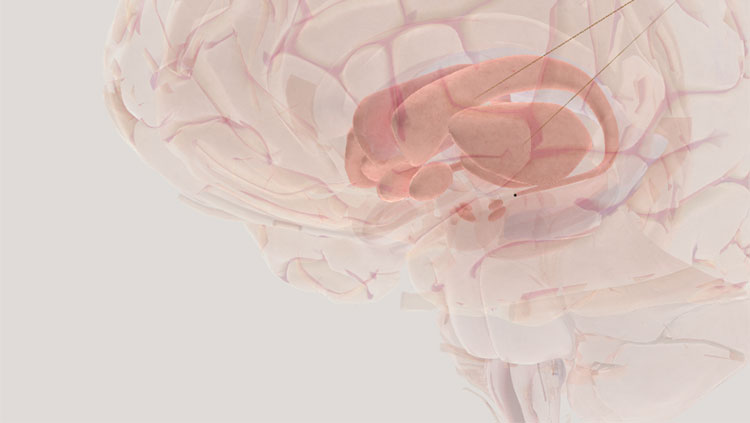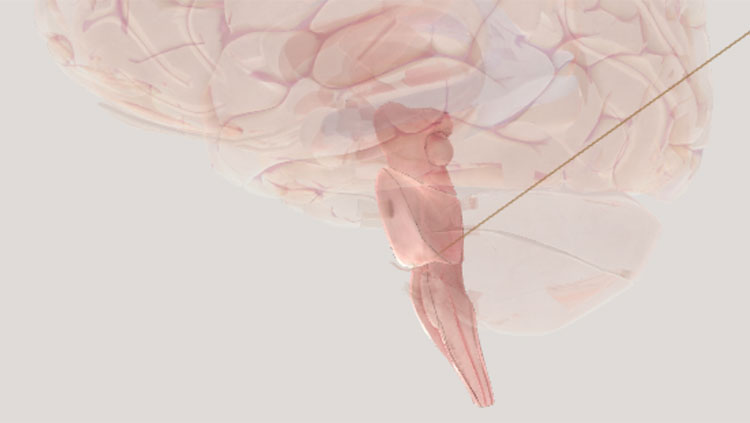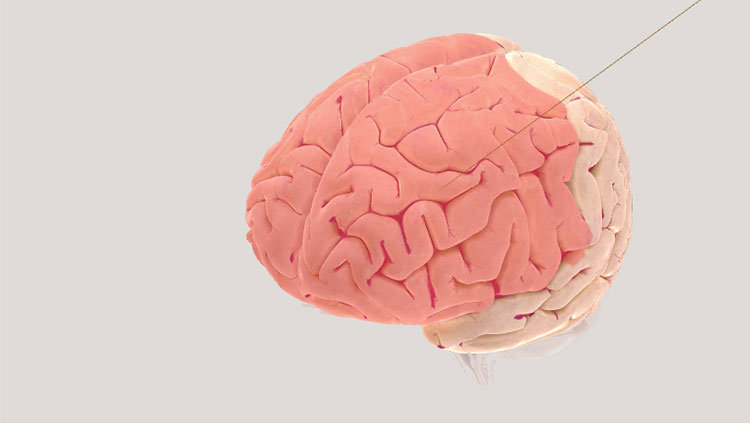Guess the Disorder Quiz: Autism
- Published28 Jun 2018
- Reviewed28 Jun 2018
- Author Emma Lindberg
- Source BrainFacts/SfN
Synopsis
Neurologists and psychiatrists work every day to diagnose patients. One way they do this is by observing patients and asking them to describe their symptoms. In this activity, students will fill the role of a neurologist trying to diagnose a disease or disorder based on the evidence provided.
After studying the provided materials on diseases and disorders in the eighth edition of Brain Facts, students will investigate the symptoms of an unnamed disease using a handful of clues. Students will sift through their knowledge of neurodegenerative diseases, injury, and psychiatric disorders to eliminate wrong answers and solve the mystery.
Prep Work
This activity is based on chapters 11–15 (pages 71–104) of the eighth edition of Brain Facts. Encourage students to read the chapters during class time or on their own to study for the Guess the Disorder Quiz.
Instructions
- Provide your student with the “Disorder Clues” prompt.
- Ask your students to read the prompt and use the information they learned from the Brain Facts book to determine the diagnosis. This can be done individually or as a group.
Optional
After your students have completed the quiz, ask them to share their answers with the class. Ask each student or group to give their rationale as to why they chose the diagnosis they did.
Disorder Clues
This disorder is often considered a childhood condition, although many of its symptoms persist lifelong. Some people with this disorder also have:
- Mood and anxiety disorders
- Seizures
- Intellectual disability
- Attention deficit hyperactivity disorder (ADHD)
- Obsessive-compulsive disorder (OCD)
More than 40 percent of people with this disorder have normal or above-average intelligence.
This disorder is considered a spectrum, with symptoms that range from mildly to severely disabling. People with this disorder are diagnosed based on two main criteria: impaired social communication and interaction, and repetitive behaviors or narrow, obsessive interests. For example, some people are unable to speak, while others are socially awkward but highly articulate.
Many adults with this disorder think of their diagnosis as a strength — enabling or motivating them to develop deep expertise in an area or a different perspective on the world — rather than a disorder that needs to be cured.
Answer
Autism
CONTENT PROVIDED BY
BrainFacts/SfN
Also In For the Classroom
Trending
Popular articles on BrainFacts.org



